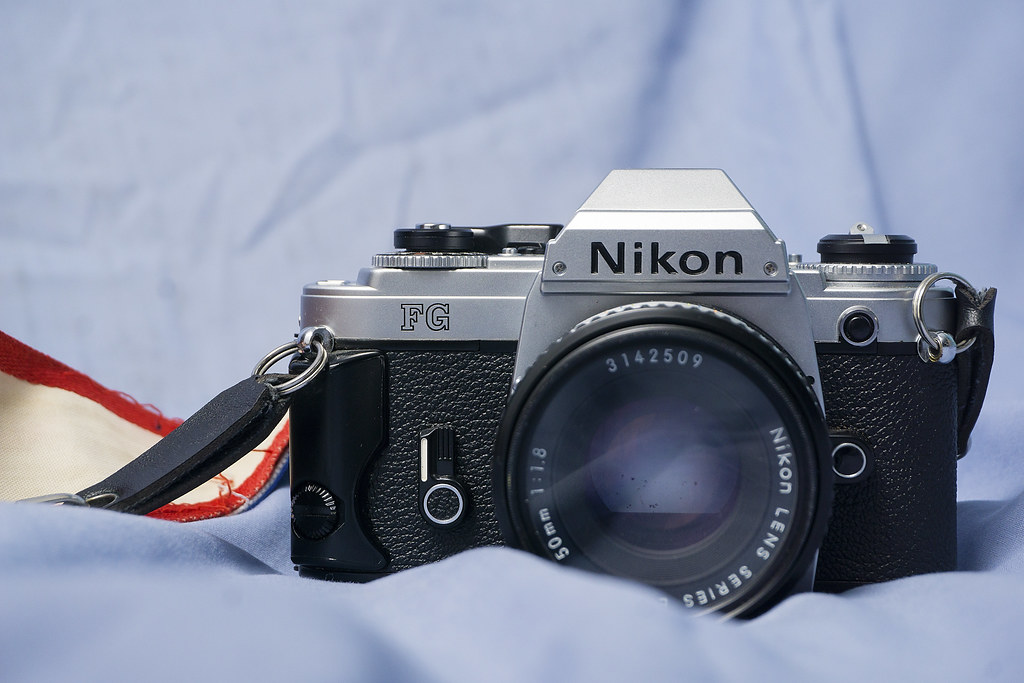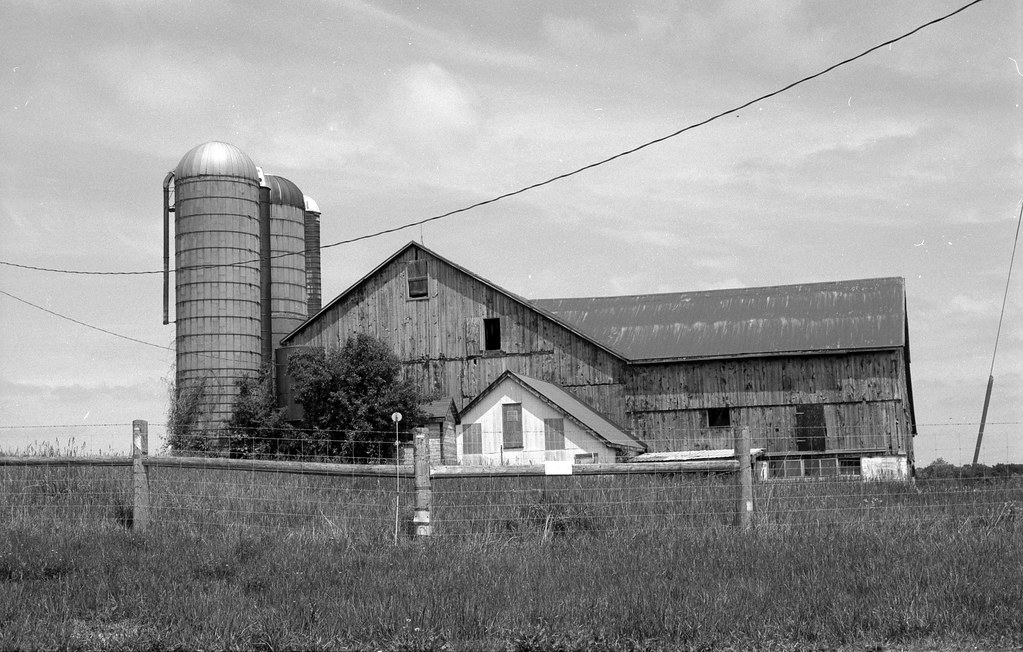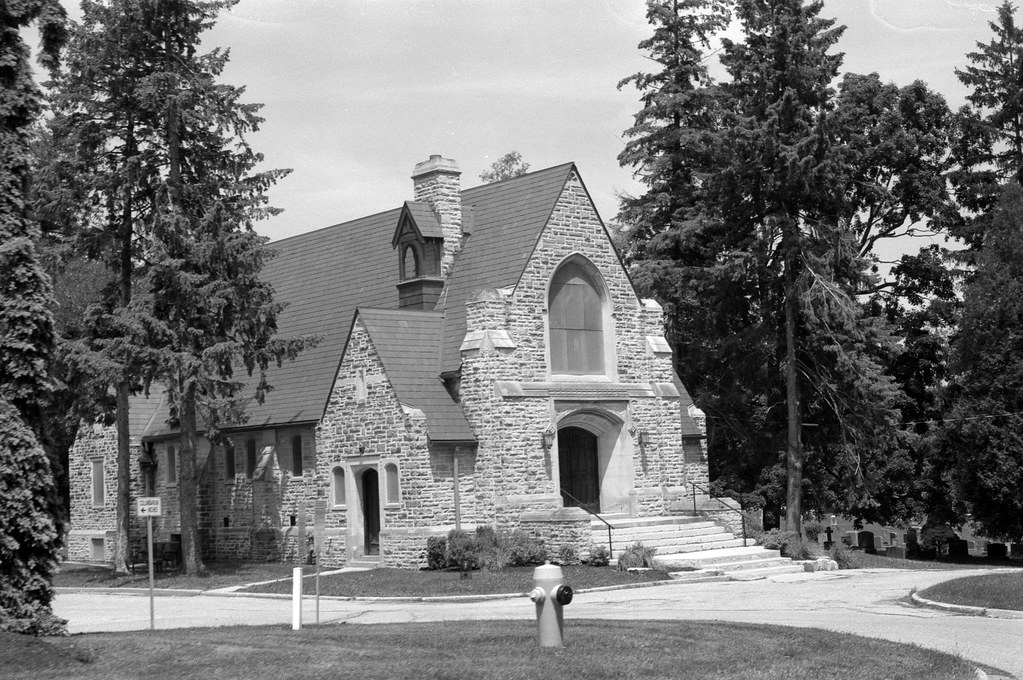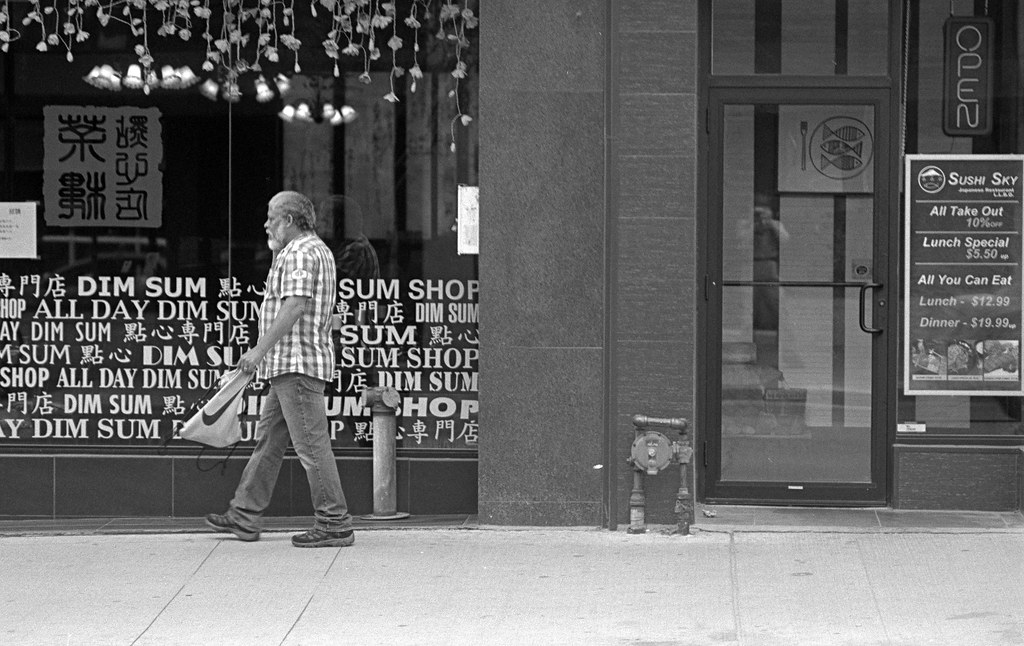When it comes to Nikon, you know most of the cameras in their catalogue, especially their professional offerings. But there are plenty of hidden gems in their camera line as well. Some even have a cult following, I’m thinking of course of their Nikkormat cameras. But what about the Nikon FG? Like many Nikon cameras of the 1980s, it’s often overlooked in favour of the semi-pro FE2/FM2(n) and for a good reason. The FE/FM series attracts a massive following because it followed the original Nikon design ethos of uncompromised industrial design and quality. But the late 1970s and into the 1980s brought a lot of changes to the camera industry with the introduction of electronics and full auto-exposure. The Nikon FG can be considered almost a stepping stone, a proof-of-concept for future Nikon cameras, but today is more of a hidden deal in the world of F-Mount cameras. Special thanks to Pastor Howard for giving me a second FG body after my first example died.

Camera Specifications
Make: Nikon
Model: FG
Type: Single Lens Reflex
Format: 135 (35mm), 36,24mm
Lens: Interchangeable, Nikon F-Mount
Shutter: Electronic Vertical Travel Metal Focal Plane Shutter, 1″ – 1/1000″ + Blub
Meter: 1x SPD TTL Meter, EV1 – EV18 @ ASA-100, ASA-12 – ASA-3200
Year of Manufacture: 1982-4


Background
The Nikon FG would be the next logical step in Nikon’s compact entry-level SLRs, a market that Nikon had a rough time getting into with a false start in the Nikkorex 35 and a missed mark in the Nikkormat. The true divergence between the semi-pro/advanced amateur market and the consumer market came in 1979 with the release of the Nikon EM. The EM changed how Nikon designed, made, and marketed cameras. Nikon took the lessons of the EM and designed the FG released in 1982. Many of the design cues from the EM would go into the design of the FG but would bring back some metal parts to the outer case and allow users to choose either chrome and black finish or a straight black finish. The further change of adding the “F” back into the camera name rather than calling it an EM2 or something. So on the outside and much of the spec-out for the FG are pretty common, Copal vertical travel shutter, Nikon F-Mount, and a centre-weighted TTL meter. But the Nikon FG had something that no other Nikon had until then, full auto-exposure. The FG also had the Nikon standard Aperture Priority semi-automatic mode and metered manual. Not even the F3 which saw release a year prior had full auto-exposure. In the grand scheme, Nikon was late to the party, being beaten to the punch by Canon and Minolta. But the FG is amazing in the sense that it used its existing 60/40 metering system and AI/AI-S lenses to achieve auto-exposure. There was also the help of three microchips. The FG also had support for TTL Flash metering. Nikon would produce a couple of accessories with the MD-14 drive that provided a 3.2fps burst, but the slower MD-E would function with the FG. An MF-15 data back would provide a date and image number imprint. The SB-15 flash worked with the TTL Flash metering in the FG but also worked with other Nikon cameras. The Nikon FG would find favour and sold well among amateur photographers, after two years in production Nikon ceased production in 1984. Much of the design cues and technology were integrated into 1983’s Nikon FA including the squat prism finder. The FA would take things further with full matrix metering and PASM modes. Nikon released a replacement, the FG-20 in 1984, but when compared to the FG, the FG-20 was more of a downgrade than an upgrade.


Impressions
At a distance, you may mistake the FG for an FA or vice-versa. The two cameras to share a remarkably similar design ethos. But are radically different cameras. If you’re a fan of compact SLRs, then the Nikon FG is an easy fit if you have a collection of AI/AI-S Nikon lenses. The design of the FG is clean, sleek, and stylish. Much like the previous model EM. It achieves a small, lightweight feel without being plastic, and even in my hands being used to larger cameras, it feels good. Control-wise, the camera is well laid out but is different from what you’d be used to in a Nikon camera. I would go so far as to say the controls look a lot like those found on the Canon A-1. The mode selector and shutter speed control are a single unit, set the dial to P to enter full auto-exposure (also set the aperture ring of your lens to fully stopped down), to A for aperture priority and anywhere else for metered manual. There is also a 1/90″ mechanical override and bulb setting. And herein lies my first major complaint about the FG, there’s no dedicated on/off switch. To turn the camera ‘off’ you have to set the dial to Bulb “B.” This despite the FE/FM having the on/off switch integrated into the film advance lever. There’s a small switch to control an audible warning for slow shutter speed, a bonus on my part, but an on/off switch would be better in my mind. The addition of a finger rest on the FG is a nice touch, but a little unnecessary, and much like my FA, I quickly removed the accessory. The film advance isn’t too bad, like the EM it seems a little flimsy if knocked too hard would break off its mount. Given the camera is lightweight, you don’t need a heavy-duty strap, I run my example with Peak Design’s Leash style strap without any trouble.


Experiences
If you like the no-nonsense nature of the EM or even the ME Super, then the FG is a fantastic little camera. It’s light, easy to operate, and takes an amazing set of lenses. There’s no special trick to loading film into the FG. It works the same with any Nikon cameras of the era, make sure to set the camera to the M90 to aid with getting those first couple cycles through. Once done, the camera is easy to operate, for full program mode set the dial to P, and the lens fully stopped down. Set the dial to A for aperture priority and adjust the aperture ring as you desire. The only problem is that there’s no easy way to ‘turn off’ the camera beside switching the dial to B. The film advance is nice and short, making it quick to have the camera ready for that next shot, but it does seem a little flimsy almost if I force the issue it might break off. Now there is one thing to note with the FG it doesn’t have a good track record for reliability with often the internal circuits and chips being a main point of failure. My first example died and even my second example died after only a couple of rolls.


Optics
Thankfully Nikon did change anything with their F-Mounts when it came to the features introduced with the Nikon FG. Still, you do need to use at minimum AI lenses with the camera and AI-S will work as well, which means both Series E lenses and AF-D lenses will all for the full camera functionality. The AF-G lenses will not work because they lack an aperture ring. While the FG is among the compact SLR designs from Nikon, it does work best with the Series E lenses. Still, even with the larger Nikkor lenses, the balance is good, and the AI-S Nikkor 50/1.8 pancake lens is the perfect match if you want something a little more professional on the front of the camera. But even the Nikkor 135/2.8 (AI) doesn’t throw off the camera balance.


Lowdown
If you find a working FG buy one, especially if you’re looking for a compact SLR to work with your manual focus Nikon lenses. But always be ready to buy two, these cameras aren’t the most reliable from Nikon and aren’t worth getting repaired. If you are buying on the used market the price ranges from 30-100$ but don’t pay any more than 100$ on the just body, and even still for 100$, I’d expect a motor drive and maybe a lens in the mix. And certainly, avoid the FG-20 as they are less of a camera than the FG. The cameras do rely on batteries, but these are standard silver oxide battery that is easily obtained from most hardware and department stores, and if the batteries do die and the camera locks up setting the camera to M90 will ‘reset’ the mirror for you. Still, once an FG dies, it’s dead. And while the FG is an important step, it is more a proof of concept with Nikon that allowed them to take the next logical step in completing the FA. Worth buying, certainly, but worth replacing? Only if you like the camera a lot.


Further Reading
Don’t just take my word on the Nikon FG, you can check out the reviews by other awesome camera reviewers!
Casual Photophile – Nikon FG Review
Outside the Shot – Nikon FG Review